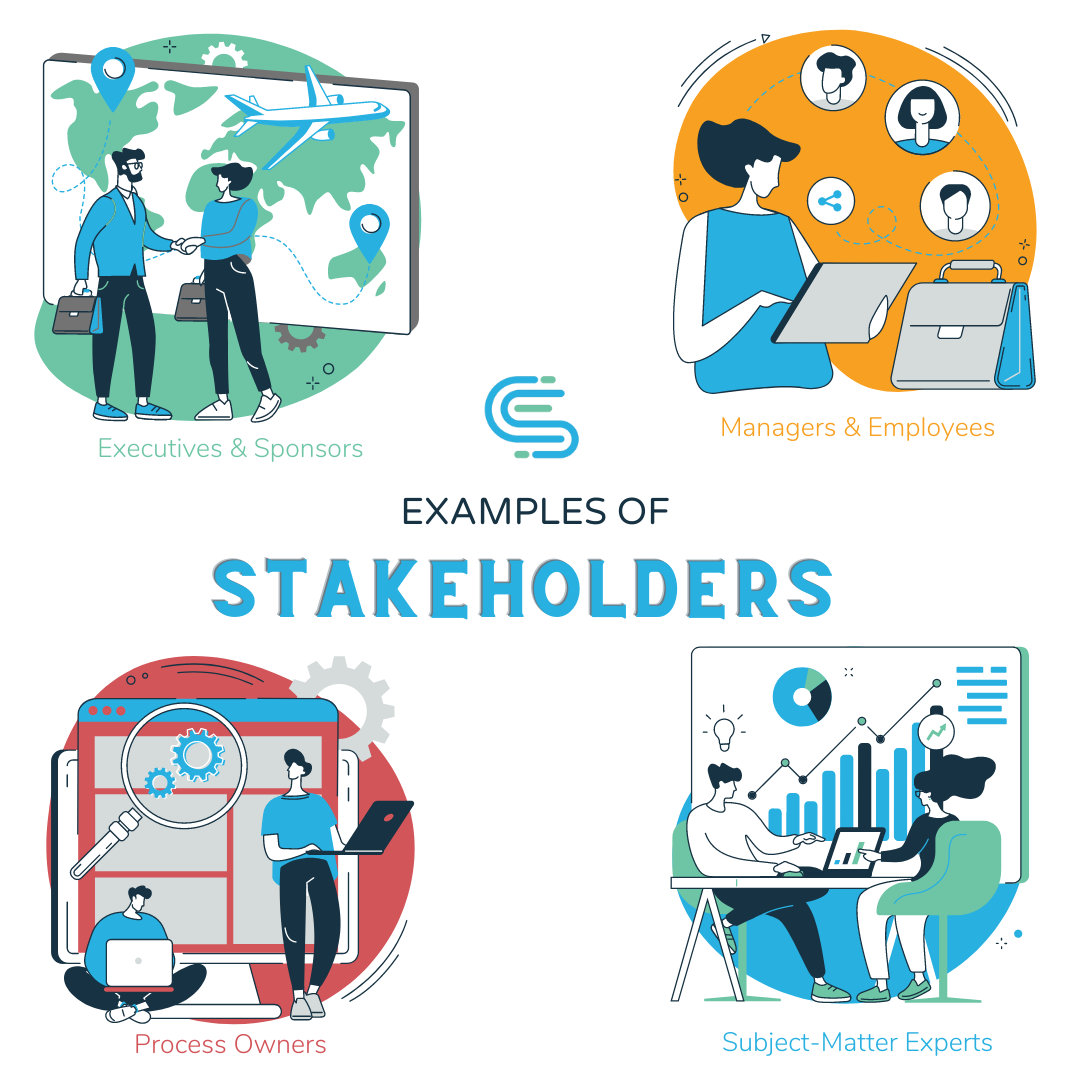The Case for Adaptable Stakeholder Engagement

Adaptable stakeholder engagement provides mechanisms for flexible, on-demand, and digital engagement opportunities so that stakeholders can get change information even when they work remotely or if they have scheduling and time conflicts.
Before we dive in, let's level set…
Stakeholders are the people, groups, and roles affected by the change. These groups vary and won't experience the change in quite the same way. Some may only need periodic engagement, while others will require extra care and focus. Regardless, stakeholder identification and engagement planning are critical activities.

While change leaders create strategies and plans, the true implementers of change are often key stakeholders who must put our plans into action to adopt and sustain new behaviors. As change leaders, we aren't always familiar with the dynamics and culture of every team, department, and function across the organization we work for. Stakeholders are linchpins to change success because change leaders need their institutional knowledge, influence, and buy-in to bridge our own knowledge gaps.
What does active engagement really mean?
You’ll often hear advice along the lines of make sure to “actively engage” your stakeholders early and often. What comes to mind when you think of active engagement? Maybe you're picturing a town hall, a workshop, or a small focus group? Is it always an in-person activity or would a recorded video count as well? Does the frequency of engagement determine whether your engagement strategy is active?
These questions don't have simple yes or no answers. The idea of active engagement stems from the understanding that to gain their support, critical stakeholders require high levels of change transparency and meaningful opportunities to have a say in how the change is implemented. It's important to understand that in-person, inclusion, and participation-based activities don't guarantee stakeholder buy-in if they aren't truly meaningful.

The case for adaptable engagement
When change is constant across most organizations, stakeholders and employees are continuously at risk of experiencing change fatigue and burnout. Cautionary tales about “drawing water from empty wells” abound.
For example, we've led a transformation to a new financial system for a hospital network that was simultaneously replacing its intranet while in the middle of a merger with another hospital group! Stakeholder plates were piled high with responsibilities across all three projects. As a result, attrition, absenteeism, and delays plagued and ultimately cancelled two of the projects. How does this relate to your engagement strategy?
It’s important to consider ALL the ways your stakeholders need to be engaged!
Prioritize building engagement mechanisms to meet stakeholders where they are and offer flexibility and adaptability. Employee motivation, capacity, and productivity are finite resources, but high-level leadership doesn’t always take this into account when they add even more change to the mix.
Change platforms enhance stakeholder engagement

Adding digital change management platforms, like ChangeSync, to your stakeholder identification and engagement strategy creates a flexible, consistent resource for you and your stakeholders. On-demand, digital engagement opportunities mean stakeholders can get change information even when they work remotely or if they have scheduling and time conflicts.
These platforms help keep the change consistently top of mind during periods of slow change activity. Most importantly, they help you thoughtfully manage and minimize the impact and burden change programs can have on target audiences. You can enhance your meetings by offering them customized, curated views of relevant data, or even do away with simple status update meetings altogether!
Change management platforms are ideal for scenarios like:
- Providing consistent change updates that don’t require action
- Giving on-demand, real-time change data vs. snapshots in time
- Getting honest, better feedback and avoiding group think
- Providing high quality resources from a single-source-of-truth
Adaptable, digital engagement in times of concurrent change can enhance your engagement strategy and alleviate the time constraints and pressures your key stakeholders feel.
It is a truth universally acknowledged (by change leaders), that stakeholders can make or break your chances of change success. It's also a given that a change management program needs a stakeholder engagement strategy, but we want to shake up the notion of active engagement and make a case for adaptable engagement. Adaptable, digital engagement in times of concurrent change enhances your engagement strategy and alleviates the time constraints and pressures your key stakeholders feel.

